As a veterinarian with years of experience at Indian Peaks Veterinary Hospital, I’ve seen firsthand how proper home adjustments can dramatically improve life for our aging furry companions. When my own chocolate Lab, Bailey, started showing signs of arthritis at age 12, I realized it was time to practice what I preached to my clients. The journey of caring for a senior pet is both rewarding and challenging – but with the right preparations, your home can become a haven for your aging friend.
Our pets give us unwavering loyalty throughout their lives, and as they enter their golden years, it’s our turn to provide them with extra comfort, safety, and attention. This comprehensive guide will walk you through practical steps to create the perfect environment for your senior dog or cat, drawing from both my professional experience and personal journey with my own aging pets.
Understanding Your Senior Pet’s Changing Needs
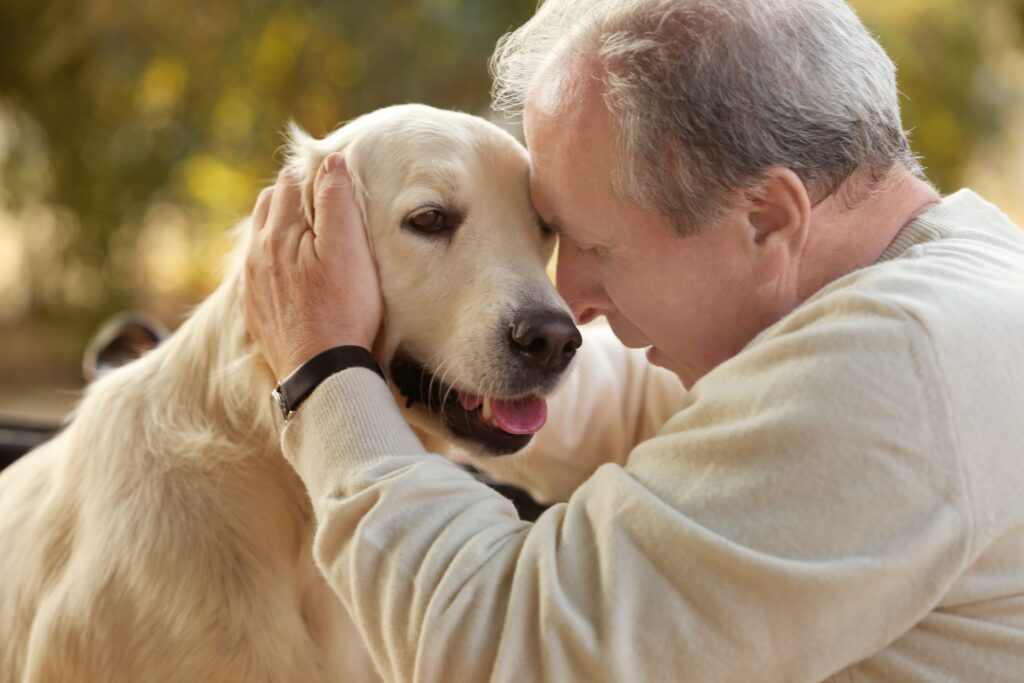
Before diving into specific home modifications, it’s important to recognize how aging affects our pets. Just like humans, dogs and cats experience physical and cognitive changes as they grow older. You might notice your once-energetic companion slowing down, sleeping more, or having trouble with stairs they once bounded up effortlessly.
My client Sarah recently shared how her 14-year-old retriever Max would stand at the bottom of the stairs looking confused, when he used to race up them without hesitation. These behavioral changes aren’t just stubbornness – they’re important signals that your pet’s needs are evolving.
Senior pets commonly experience:
-
- Reduced mobility and joint stiffness from arthritis
- Diminished vision or hearing
- Increased sensitivity to temperature changes
- Changes in appetite and bathroom habits
- Cognitive changes similar to dementia in humans
Recognizing these changes is the first step toward creating a more supportive home environment. Each adjustment we make, no matter how small, can significantly improve your pet’s comfort and confidence.
Creating a Safe Home Environment: The Ground-Level Assessment
How to See Your Home Through Senior Pet Eyes
I often tell pet parents to spend an afternoon crawling around their house – yes, literally! While you might feel a bit silly, this eye-level perspective reveals potential hazards you might otherwise miss. When I did this exercise in my own home, I was shocked to discover loose cords, sharp furniture corners, and slick flooring that posed real risks to my aging dog.
Take time to carefully evaluate each room, paying special attention to:
“Is there clear, unobstructed access to important resources like food, water, and favorite resting spots? Can my pet navigate between rooms without struggling? Are there potential fall hazards I haven’t noticed?”
These questions help identify problem areas before they cause injuries. Remember, prevention is always easier than treatment – especially when it comes to senior pet injuries that can be slow to heal.
Addressing Common Household Hazards
After identifying potential dangers, it’s time to make targeted improvements. Here are the most critical areas to address:
Flooring Solutions for Better Mobility
Slippery hardwood, tile, or laminate floors can be particularly challenging for senior pets. I’ll never forget watching my neighbor’s elderly Corgi spread her legs like a starfish on their polished floors, desperately trying to maintain balance. This isn’t just uncomfortable – it’s dangerous and can lead to muscle strains or worse.
Consider these practical solutions:
Area rugs with non-slip backing create instant traction zones. For a budget-friendly option, yoga mats work wonderfully in high-traffic areas. My clients have had great success with interlocking foam mats – they’re affordable, easy to clean, and provide excellent grip for uncertain paws.
For a more permanent solution, carpet runners secured with double-sided tape create safe pathways throughout your home. Position these strategically along your pet’s usual routes – from their bed to the water bowl, to the back door for bathroom breaks.
Managing Stairs and Elevated Areas
Stairs present one of the biggest challenges for senior pets. Even a small set of steps can become a daunting obstacle. When my own Lab started hesitating at our front porch steps, I knew it was time for an intervention.
For indoor stairs, consider installing baby gates to prevent falls if your pet should attempt to climb without assistance. For must-access areas, pet ramps make a world of difference. You can purchase adjustable commercial options or build a simple DIY version – just ensure it has:
-
- A gentle slope (no steeper than 18-20 degrees)
- A non-slip surface (carpet or textured material)
- Sturdy construction that supports your pet’s weight
- Side rails to prevent accidental falls
For helping pets onto furniture or beds, dedicated pet steps with shallow rises can maintain their independence. I’ve seen the joy on senior dogs’ faces when they can once again join their humans on the couch without assistance – it’s truly heartwarming.
Creating Comfort Zones: Bedding and Rest Areas
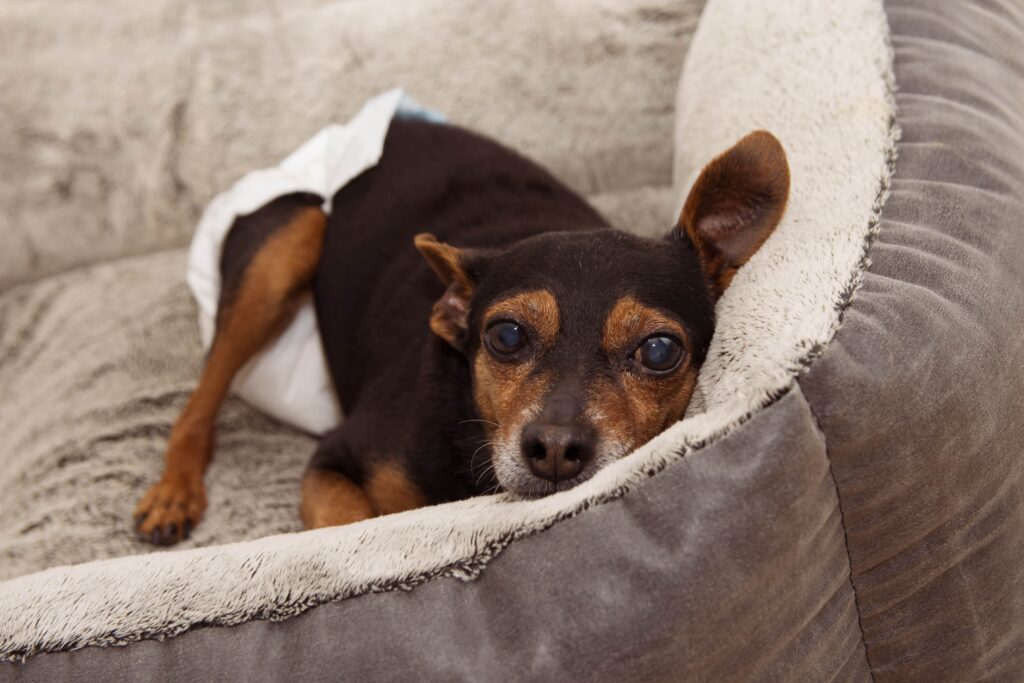
The Importance of Proper Support
As pets age, comfortable resting spots become increasingly important. My senior cat Jasper taught me this lesson when I noticed him avoiding his once-favorite window perch in favor of a padded dining chair. His aging joints needed more cushioning than the thin perch provided.
When selecting beds for senior pets, orthopedic support should be your top priority. Memory foam and egg-crate style orthopedic beds distribute weight evenly, relieving pressure on arthritic joints and preventing painful pressure sores that can develop when pets lie in one position too long.
I recommend providing multiple resting spots throughout your home. This minimizes the distance your pet needs to travel when tired and ensures they can always find comfort nearby. Place these beds:
-
- In quiet, low-traffic areas for undisturbed rest
- Away from drafty doors or windows
- In areas where your pet can still observe family activities
- On each level of your home if stairs are unavoidable
For pets who struggle with temperature regulation, consider heated or cooling options. Microwavable warming discs provide hours of gentle warmth for achy joints in winter months, while cooling mats offer relief during summer heat. Just be sure all heating elements have automatic shutoffs for safety.
Creating Accessibility and Convenience
When arranging your home, consistency becomes increasingly important. Senior pets, especially those with declining vision, rely on spatial memory to navigate familiar spaces. Frequent furniture rearrangement can be disorienting and stressful.
I learned this lesson the hard way after rearranging my living room, only to find my senior dog Bailey standing confused in the doorway, unable to find his usual path to his bed. Maintain consistent furniture arrangements when possible, and if changes are necessary, help guide your pet through the new layout several times.
For pets with more severe mobility challenges, consider creating a dedicated “senior suite” – a confined area with all essentials nearby:
-
- Comfortable bedding
- Food and water stations
- Easily accessible litter box or pee pads
- Favorite toys and comfort items
This approach reduces the need for difficult movement while ensuring all needs are met. It’s particularly helpful during recovery from injuries or for pets with significant mobility limitations.
Mealtime Modifications: Nutrition and Feeding Adjustments
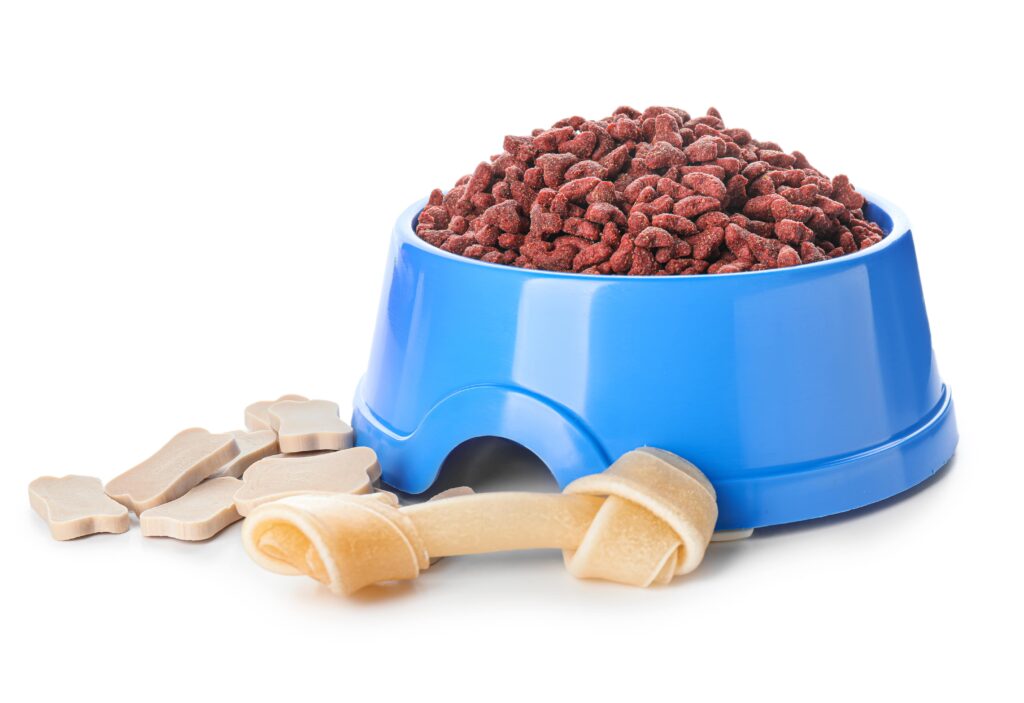
Optimizing Food and Water Access
Eating and drinking shouldn’t be physically challenging for your senior pet. Small adjustments to feeding stations can make a significant difference in comfort and nutrition intake.
Elevated food and water bowls reduce strain on the neck and spine, making mealtimes more comfortable for pets with arthritis or spinal issues. The ideal height allows your pet to eat and drink without bending their neck – typically at elbow level when standing. Custom height adjustable feeders are available, or you can create a simple DIY version using a sturdy box or stand.
For cats who struggle to jump to elevated feeding stations, consider bringing dishes back to floor level, but use a non-slip mat to prevent sliding. Wide, shallow dishes accommodate sensitive whiskers and make food more accessible than deep bowls.
Encouraging Proper Hydration
Water intake becomes increasingly important as pets age, yet many seniors drink less than they should. Strategic placement of multiple water stations throughout your home increases the likelihood of regular drinking. I recommend at least one water source per floor of your home.
Pet fountains can entice reluctant drinkers with the sound of moving water – particularly appealing to cats. For pets with arthritis, ensuring water bowls are easily accessible without painful stretching or bending makes a tremendous difference.
In my practice, I’ve seen remarkable improvements in hydration when pet parents add flavor enhancers to water. A splash of low-sodium chicken broth or tuna juice can transform plain water into an enticing treat that encourages drinking.
Mobility Support: Aids and Assistive Devices
Practical Tools for Daily Assistance
For pets with more severe mobility challenges, supportive devices can be game-changers. Support harnesses with handles allow you to provide stability while your pet navigates difficult surfaces or manages bathroom breaks.
Full-body slings offer more comprehensive support for pets with significant hindquarter weakness. These tools not only help your pet move more confidently but also reduce strain on your back when assisting them.
For dogs with difficulty getting up from lying positions, a simple towel sling passed under their belly provides the boost they need to rise safely. I keep “assistance towels” in every room where my senior dog rests, ensuring help is always within reach when he needs to stand.
When to Consider Mobility Equipment
In some cases, more substantial mobility aids become necessary. Dog wheelchairs or carts can provide remarkable freedom for pets with paralysis or severe weakness, allowing them to continue enjoying outdoor activities and maintain muscle strength in their functioning limbs.
I’ll never forget watching a client’s 15-year-old dachshund experience his first outing in a custom wheelchair. After months of limited mobility from degenerative disc disease, the joy on his face as he raced across the grass was absolutely priceless. These devices aren’t just functional – they can restore quality of life.
Before investing in specialized equipment, consult with your veterinarian for proper sizing and introduce any new device gradually with positive reinforcement. Most pets adapt surprisingly quickly when introduced properly to supportive equipment.
Maintaining Mental Engagement and Emotional Well-Being
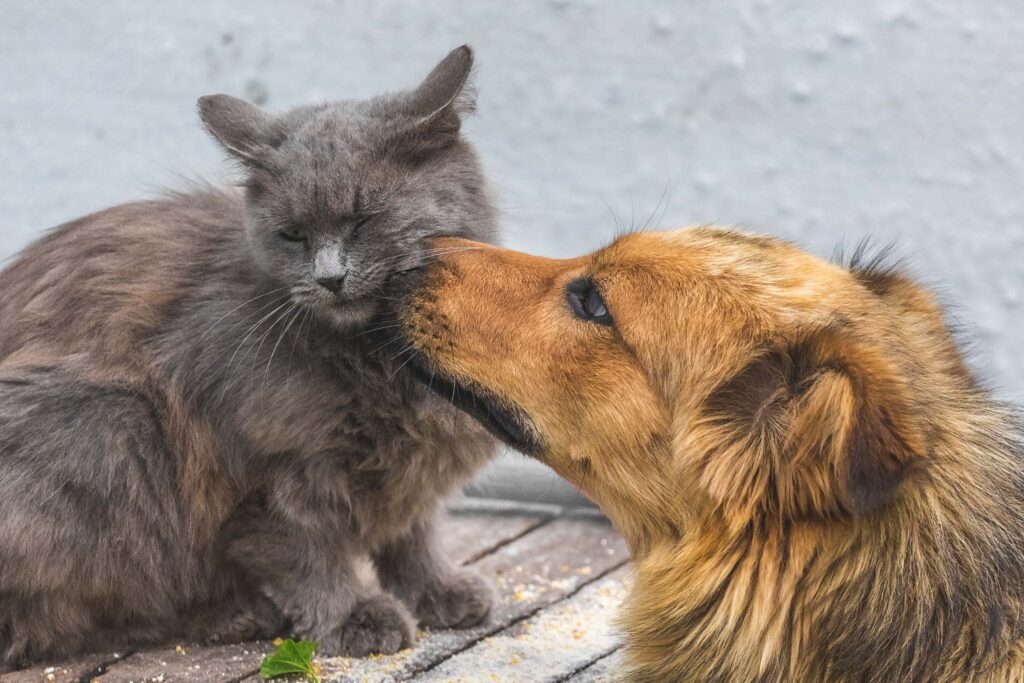
Age-Appropriate Enrichment Activities
Cognitive health is just as important as physical comfort for senior pets. Mental stimulation helps slow cognitive decline and maintains quality of life even as physical abilities change.
For senior dogs, consider:
-
- Gentle nose work games with treats hidden at ground level
- Puzzle toys that dispense food without requiring significant physical effort
- Short, positive training sessions practicing familiar commands
For senior cats:
-
- Bird-watching stations near comfortable window perches
- Treat puzzles that can be solved while lying down
- Gentle interactive play with wand toys that don’t require jumping
I recommend rotating toys regularly to maintain interest, and always supervise play to ensure activities remain comfortable and stress-free for your aging companion.
Maintaining Routines and Security
Predictable routines become increasingly important as pets age, particularly for those experiencing cognitive decline. Consistency in feeding times, bathroom breaks, and sleep schedules provides security when other aspects of life become confusing.
When my elderly cat started showing signs of cognitive dysfunction, I created a visual daily schedule for the family to ensure everyone maintained her routine. Even small disruptions would cause noticeable anxiety, but her consistent schedule provided comfort during her final years.
For pets with more severe cognitive changes, night lights in hallways and bathrooms can reduce disorientation during nighttime waking. Familiar scents and comfort items in resting areas further enhance feelings of security when confusion sets in.
Partnering with Your Veterinarian: The Healthcare Connection
Creating a Proactive Care Plan
Your veterinarian is your most valuable partner in senior pet care. Regular wellness exams – ideally every six months for senior pets – allow for early detection of developing issues before they become serious problems.
Between visits, maintain a simple health journal noting changes in:
-
- Appetite and water consumption
- Bathroom habits and any accidents
- Mobility challenges or pain signals
- Sleep patterns and behavior changes
These observations provide valuable insights during veterinary visits and help track gradual changes that might otherwise go unnoticed. Don’t hesitate to contact your veterinarian between scheduled visits if you notice concerning changes – early intervention often leads to better outcomes.
Building a Senior Pet Support Kit
Based on your veterinarian’s recommendations, assemble a home care kit with essentials for your specific pet’s needs. This might include:
-
- Prescribed pain medications and supplements
- Easy-to-administer pill pockets or treats
- Pet-safe heating pads or cold packs
- Grooming supplies for areas your pet can no longer reach
- Incontinence supplies like washable bedding and pee pads
Keep all supplies organized in an easily accessible location, along with your veterinarian’s contact information and any emergency care instructions. Being prepared reduces stress during challenging moments and ensures you can respond quickly to your pet’s needs.
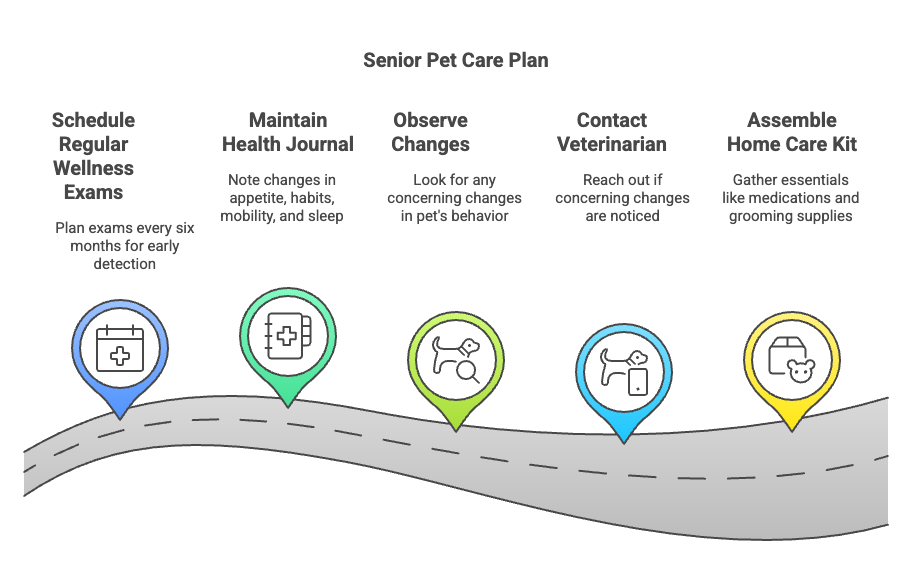
Final Thoughts: Embracing the Senior Pet Journey
Caring for an aging pet brings both challenges and profound rewards. The small adjustments we make to our homes and routines demonstrate our commitment to the companions who have given us years of unconditional love.
I’ve witnessed countless senior pets thrive well into their golden years when provided with thoughtful accommodations. The gratitude in their eyes when we ease their discomfort or help them maintain independence speaks volumes about the importance of these efforts.
Remember that your attentive care and continued affection remain the most important elements in your senior pet’s life. The physical adaptations we’ve discussed are meaningful, but your patient presence and understanding as your pet navigates aging are truly irreplaceable.
By implementing these suggestions, you’re not only enhancing your pet’s comfort and safety but also deepening the special bond you share during this precious time together. And isn’t that beautiful connection what pet companionship is all about?